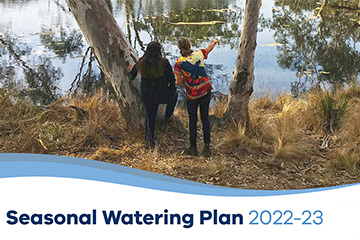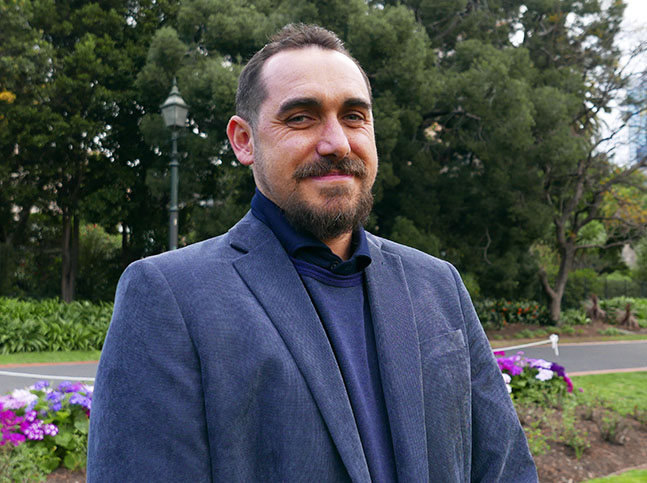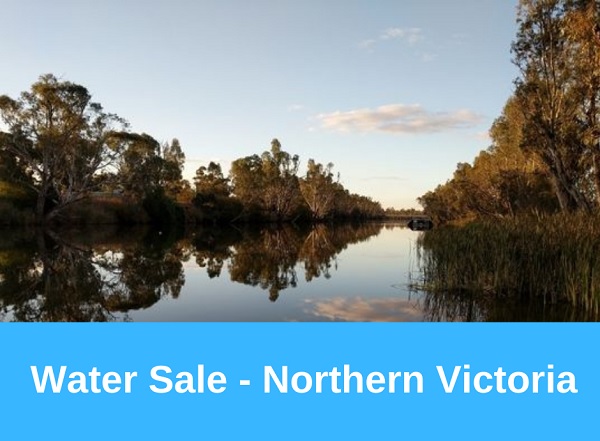Fish tagged to solve mystery of reappearing perch
17 February 2017
In 2010 long-time fisherman Brian Murrell reeled in something he didn't expect to see while fishing in the Glenelg River near Casterton.
Silver in colour and measuring just 24cm long, it was the unlike the other fish he'd caught in more than 50 years of fishing in the stretch of water. It was an estuary perch, once common throughout the Glenelg River, but not found in the river around Casterton since Rocklands was constructed in the 1950s.
"At first I thought it was a bass," said Brian who is also the Secretary of Casterton Angling Society, "I was excited to find they were actually estuary perch coming up from the estuary into their previous range."
"It's great we have a native fish we can catch that was missing for more than 50 years."
But the question remains - what brought back the estuary perch to Casterton after more than half a century missing-in-action?
"Something has changed that has made them come back to the full range pre-Rocklands days," Brian says.
"Talking to the older anglers they used to catch them regularly. They used to call them native perch then because they weren't just in the estuary they were all the way up the river."
Brian said the fish have returned on the back of improved health of the river and restored flow from environmental watering.
"The condition of the river has improved dramatically since the restoration of the river, sand extraction works and environmental flows."
To solve the riddle of the reappearing estuary perch, the Glenelg Hopkins Catchment Management Authority (CMA) has partnered with Arthur Rylah Institute to track movement of estuary perch and tupong in response to environmental flow releases.
They will be using acoustic tagging technology to monitor the movement the fish during the next environmental water release starting on February 21.
The Glenelg Hopkins CMA River Health Planner Stephen Ryan said previous surveys have shown that since flows returned to the river in 2010 estuary perch and tupong have been found higher and higher in the river system.
"In 2010 we found them above the estuary at Dartmoor; in the years since they have moved up to Casterton and then to Harrow and last year we caught estuary perch just outside of Balmoral. This is about 270km north of where they were six years ago," he says.
"There are set points in the river where receivers are sitting so if a fish moves past a receiver it will get picked up. This way we can see where fish are moving during the environmental water release."
The good news is although environmental flows may move native fish throughout the Glenelg, Stephen said the same can't be said for invasive carp.
"Similar tracking studies in the past on carp have showed that carp don't move on environmental flows from Rocklands Reservoir."
"Now we have done it with carp we want to see what happens with native fish," he says.
Anglers who catch tagged fish are requested to record the tag number and, if possible, return the fish to the water, or if they do keep them to notify the Glenelg Hopkins CMA on 03 5562 4613.
This tagging study is part of the Victorian Environmental Flows Monitoring and Assessment Program (VEFMAP), a state-wide monitoring program examining the response of fish and plants to environmental flows.
To be notified when environmental water is to be released from Rocklands Reservoir you can subscribe to an SMS subscription service by emailing planning@ghcma.vic.gov.au.
Further Information
Glenelg Hopkins CMA
Tel: 03 5562 4613


